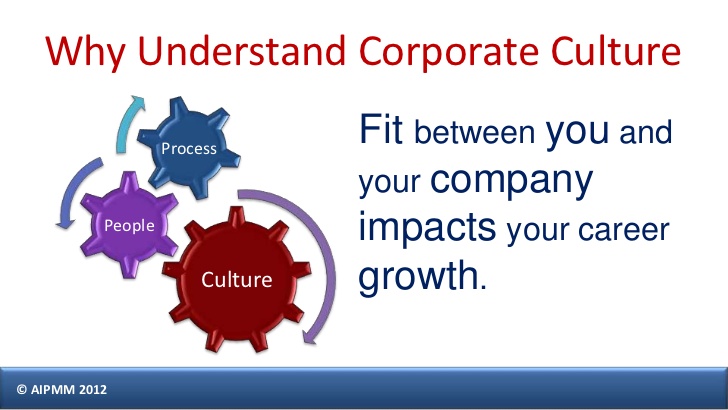Last week, I wrote that we should achieve these 5 goals in the first 90 days at work. Today, I want to provide you tips on how to best achieve the first of the five goal – Ramp up quickly. I came up with this 4Cs framework since I am currently 2 weeks into my new job as well. It is helping me keep in mind all the aspects I need to understand in a new organization and new job. I hope this can help you as well.
Ramping up quickly is all about listening, learning, and asking questions. However do you know exactly what you need to learn to ramp up? Most organizations do not have a robust onboarding process for new employees. Besides making sure you have the right equipment(s) / access to work and some introductions to key people, the rest of the ramp up is usually left up to you to drive. This is where this 4C framework will help you.
Current state – level set on what exists today and why

This first C is the most obvious one. There are typically 4 sub-areas to consider. It’s important to find both what’s working, what’s not but also why it is the way it is today.
- People – who are all the stakeholders
- Process – how does work get done today
- Capabilities – what functions are live today to customers
- Tech/Infrastructure – what is the level of flexibility and constraints with today’s structure
Customer – empathize with their needs.
To ramp up quickly, you should know who your target customers are and what they truly need that your company addresses. This is all about “putting yourself in the customer’s shoes.”

Customers don’t care about a company’s product or service. They care about “getting a job done” for their life. Therefore, it’s important to look at your company and your job from the customers’ lens and figure out why they chose to be your customers. Here are the key steps
- Identity the external and internal customers – yes your job will likely also have internal customers. For example, these may be folks who serve the customers, like a relationship manager for a private bank client. The client is the external customer and the relationship managers are the internal customers.
- Find out the “jobs” they need done and how well your company do this today
- Understand why – why customer want to keep their relationship with your company; why internal customers like working for the company
Context – know the larger picture.
You should know how your jobs fit in the overall strategy and know who are the top competitors. You should know why your company is uniquely different from other competitors.

Additionally, inquire about the history of the company. What key decisions have been made before? What kind of successes or failures have already happened? This understanding provides context for your current job.
Lastly, as part of context, make sure you fully understand what your role is and is not. Often times, the role you are applied for changes once you start the job. That’s normal. What you need to do is align with your new manager about your role. This can be best done by documenting how success for your role is defined in the first 90 days as well as for the next 18 months.
Climate – discover the cultural and political dynamics
This is often forgotten as this knowledge is not documented anywhere. It resides mainly in the heads of those you work with. It’s up to you to discover the nuance of your company’s culture and politics.

- How various departments differ in “personality” and “working style”
- Which groups are at odds with each other and what are the key contentious areas
- Find the top influencers – this applies to both senior leaders and doers. Sometimes junior folks can have major informal influence on select senior leaders.
- Proactively look for informal mentors – you cannot do it alone. It’s much quicker if you can find mentors who are willing to take you under their wings. Mentors can share with you both tribal knowledge of how to navigate the organization as well as help speak well of you to leadership.
At the end of the day, be patient. It will take at least 2 months to really have a good handle on what’s going on in a new job. Being patient is harder said than done. I already feel anxious after the second week. Remember, you cannot deliver until you know what’s going on first. Don’t rush into action.
- Listen, listen, listen
- Learn about all 4Cs.
- Ask the right questions to ramp up quickly.
Once you better understand your company, your stakeholders, and your role, you can then best come up with solutions to truly shine in your new job!
Your comments: What do you think of this 4C framework? Did anything surprise you? Is there anything else we should ramp up on that isn’t covered by these 4C? I look forward to your comments and questions.
Your comments: Do you have an inner voice that tells you that you are not enough? Do you where it comes from and how to ignore it? I look forward to hearing from you.
Like this article? Please share it with your friends and colleagues on Facebook, Linkedin, Twitter, etc…
New to this Site? Start here – How to Succeed like an Executive
I am always in your corner.
Lei
Best wishes to your first 90 days on the job!
Lei
4c framework makes lot of sense. This gives confidence to navigate in the new world.Thank you for such an informational blog.
glad it helps. I am using it right now to ramp up on my new job. very helpful to listen to all angles to understand what I am walking into. best wishes to your new job.